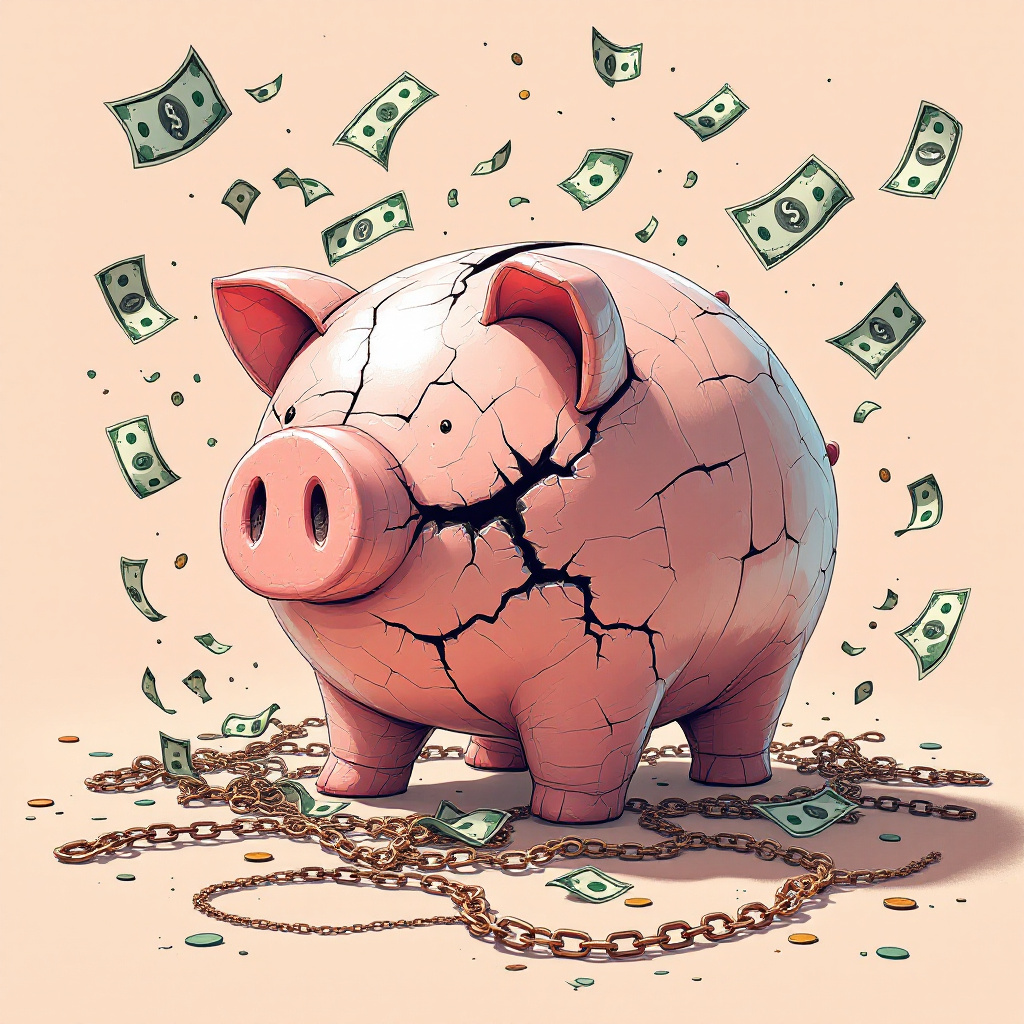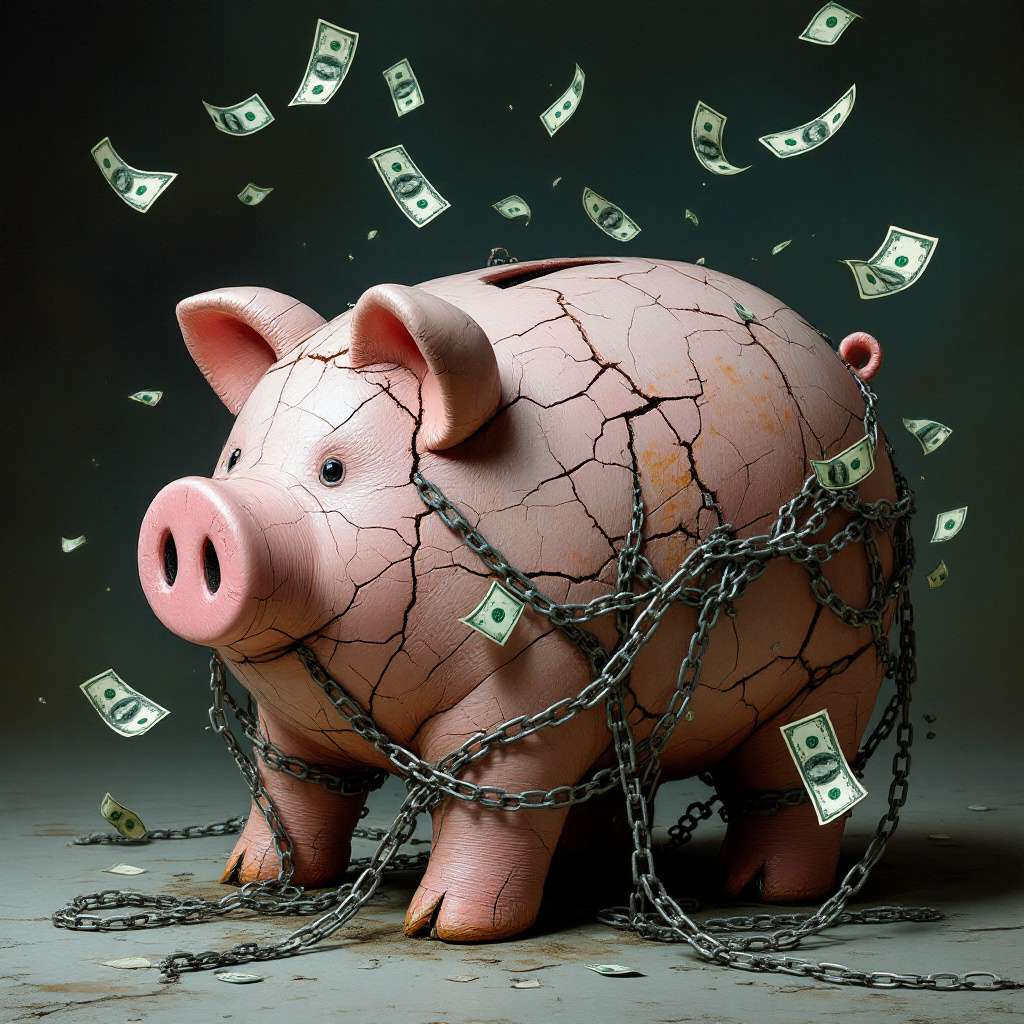Understanding Interest Rates and Fees on Payday Loans: A Deep Dive into the Cost of Convenience
In the fast-paced world of finance, payday loans have emerged as a quick-fix solution for many individuals in need of immediate cash. While they offer swift relief during financial crunches, they come at a price that might leave your wallet crying. Today, we’re unraveling the tangled web of interest rates and fees on payday loans, providing an insightful look at their advantages and disadvantages. Buckle up because this journey involves some jaw-dropping revelations.
The Appeal of Payday Loans
Payday loans are akin to a double-edged sword. On one hand, their lightning-fast processing times and minimal paperwork make them a lifesaver for those stuck in an emergency financial bind. Picture this: you’ve got an unexpected car repair, and payday is still a week away. Rather than sweating bullets, you might consider a payday loan to bridge the gap without awkwardly borrowing from friends or family.
But before you take that plunge, it’s crucial to grasp what’s lurking beneath the surface. The concept is simple: borrow a small amount, repay it with your next paycheck, and move on. However, the devil is in the details—specifically, the interest rates and extra fees.

Dissecting the Interest Rates on Payday Loans
Here comes the kicker. It’s no secret that payday loans come with astronomical interest rates. In fact, payday loans generally charge interest rates and fees ranging from $15 to $30 for every $100 borrowed. Translated to an annual percentage rate (APR), those numbers are higher than a kite—sometimes upwards of 400% to 600%! For the sake of comparison, traditional credit cards usually tout APRs between 15% and 30%.
Sound exorbitant? That’s because it is! Payday lenders justify these steep rates due to the short-term nature of their loans. However, borrow with caution, for this quick fix can spiral out of control faster than a runaway train.
Unwrapping the Hidden Fees
Brace yourself—the fees on payday loans don’t end with interest. There are additional fees that add a hefty layer to your repayment amount, often without flashing warning signs.
- Origination Fee: This fee covers the processing of your loan and can be a flat rate or a percentage of the loan amount.
- Returned Check Fee: If your account comes up short when the payday lender submits your check or electronic payment, expect a bounced check fee piled on top.
- Rollover Fees: Consumed by the inability to repay on time? Some lenders offer rollovers or renewals, but these come with fresh sets of fees.
Collectively, these fees augment the already high loans’ costs, making a simple payday loan more of a financial burden than initially anticipated.
The Real Cost of Borrowing
With interest rates soaring and fees stacking up, it’s important to pause and calculate the true cost of borrowing. Suppose you take out a $300 loan with a $15 fee per $100 borrowed—you’re already looking at $45 in fees, bringing the total repayment to $345 just two weeks later. For someone battling financial woes, that can shake up the monthly budget.
The kicker? If you find yourself unable to cover the payment, rolling over the loan will plunge you deeper into the rabbit hole. Before you know it, that $300 solution might cost $400, $500, or more.
Why Do Payday Loans Attract High Costs?
You might be scratching your head, asking why payday loans are so pricey. Allow me to unravel this riddle. Payday loans are inherently high-risk for lenders. In most cases, they’re dished out without stringent credit checks, which means lenders face increased default risks. To offset these risks, lenders crank up the rates and fees, ensuring their profit margins remain lush and green despite potential borrower defaults.
Alternatives to Payday Loans
Baffled by how payday loans typically pull more from your pockets than anticipated? Fortunately, you’re not stuck in a corner. There are alternative solutions that could help maneuver financial setbacks without the sticker shock.
- Personal Loans: These often offer lower interest rates and longer repayment periods. Although they may require a decent credit score, it’s a solid pursuit if you need a structured payback plan.
- Credit Card Cash Advances: Though carrying higher rates compared to regular card charges, they’re usually milder on the wallet than payday loans.
- Borrowing from Family or Friends: If done responsibly, this could save you a mountain of fees and interest provided relationships don’t sour.
- Local Assistance Programs: Community-based programs offer temporary financial aid, ranging from food banks to utility assistance, easing burdens that might drive one to payday lenders.
Conclusion: Tread Cautiously with Payday Loans
Payday loans might shimmer with the allure of instant cash, but they can lead to slippery financial slopes ensnaring the unwary. With stratospheric interest rates and a host of biting fees, the cost of borrowing far outpaces the principal amount. So, before signing on the dotted line, weigh the alternatives, calculate the realistic repayment cost, and consider any possible long-term implications.
Remember, there’s no surefire winning formula in tackling financial hurdles, but arming yourself with the knowledge of interest rates and fees on payday loans puts you in an informed position. Tread wisely because when it comes to managing money, even the best laid plans shouldn’t leave you with nasty surprises!
FAQs
How much interest is charged on a payday loan?
Payday loans range in size from $100 to $1,000, depending on state legal maximums. The average loan term is about two weeks. Loans typically cost 400% annual interest (APR) or more. The finance charge ranges from $15 to $30 to borrow $100. This steep rate makes payday loans one of the most expensive credit options out there, so borrowers should consider the implications before diving in.
Do payday loans have additional fees?
Yes, in addition to the high interest rates, payday lenders may also charge late fees or returned check fees if you fail to repay the loan on time, depending on state regulations. It’s vital to read the fine print and understand all the potential costs involved before signing on the dotted line to avoid any nasty surprises in terms of fees.
What is the default rate on payday loans?
In the U.S., payday loans cost four times more in states with fewer consumer protections. The average payday loan term is roughly two weeks. On average, one in five borrowers default on their payday loans, a figure that underscores the financial strain these loans can cause. Defaulting can lead to a vicious cycle of debt, emphasizing the importance of carefully considering one’s ability to repay before borrowing.

